Art World
Our Favorite Clocks and Watches in Art, Because We Stand with Ahmed
Here are some clocks that didn't get anyone arrested.
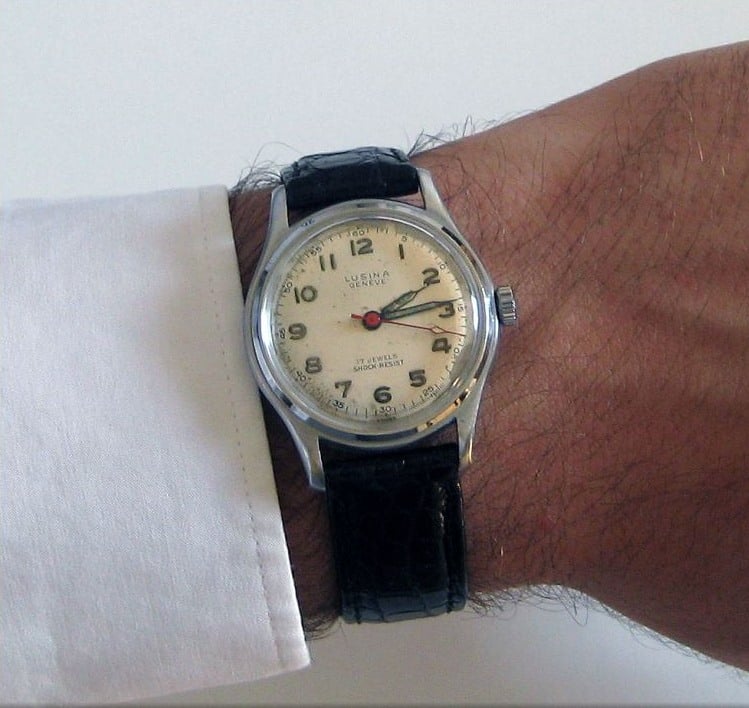
Photo courtesy the artist.
Here are some clocks that didn't get anyone arrested.

Brian Boucher

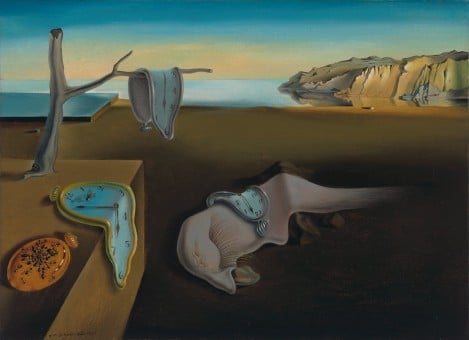
Salvador Dalí, The Persistence of Memory, 1931. The Museum of Modern Art, New York.
Texas teenager Ahmed Mohamed was arrested Monday, on suspicion that his science project was a bomb. In fact, he built a clock.
The hashtag #IStandWithAhmed has caught on like wildfire online, and to show our solidarity with this science-minded young man, we looked into the many representations of timepieces in art, from Christian Marclay’s acclaimed 24-hour-long video The Clock to Salvador Dalí‘s Surrealist classic The Persistence of Memory, featured above. Here are a few of our favorites.
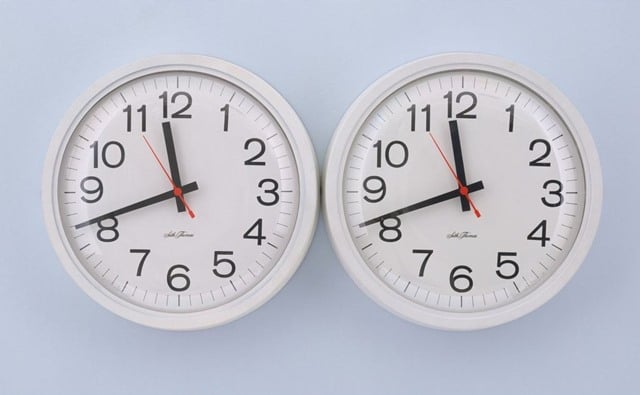
Felix Gonzalez-Torres, “Untitled” (Perfect Lovers) (1991).
Photo: via Museum of Modern Art, New York.
In Felix Gonzalez-Torres‘ “Untitled” (Perfect Lovers) (1991), two store-bought clocks hang side by side, clicking along in unison; if one battery begins to run down or eventually dies, the failing clock is to be restored. The work is a tribute to Gonzalez-Torres’ lover, Ross Laycock, who died from AIDS.
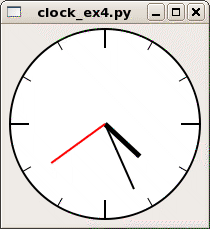

Artist Ben Schumacher created this digital tribute to Gonzalez-Torres’ work, with two digital clocks that will never go out of sync.
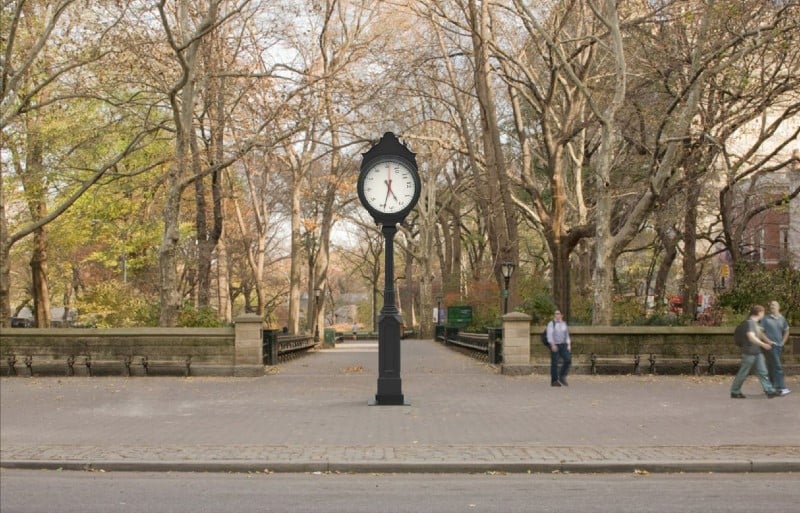
Alicja Kwade, Against the Run, 2015.
Though it might appear at first to be a normal street clock, the numbers on Alicja Kwade’s timekeeper are rotated about 90 degrees clockwise, and the hands rotate backward. It’s now on view at Doris Freeman Plaza, Central Park, courtesy of the Public Art Fund.
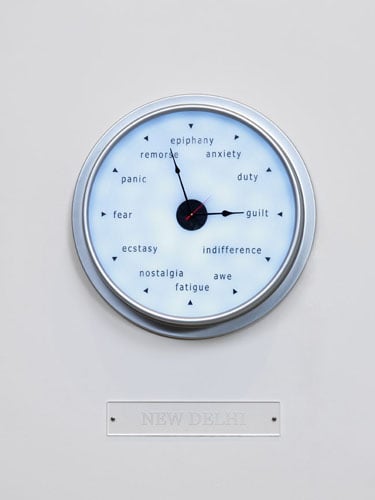
Raqs Media Collective, Escapement, installation detail, 2009.
New Delhi-based Raqs Media Collective’s installation Escapement is titled for an horological mechanism and involves two dozen clocks—one for each time zone. Escapement functions a bit like the valves of a heart, the artists say on their website, while also pointing out that time exerts a kind of tyranny over us. This clock, on New Delhi time, replaces numbers with words that evoke feelings and sensations, and suggests mood swings, emotional rhythms, and midnight epiphanies.
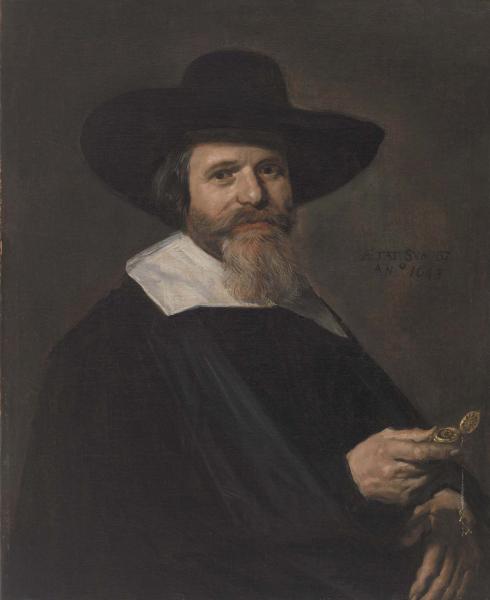
Frans Hals, Portrait of a Man Holding a Watch (1643).
Photo: Courtesy Barnes Foundation, Philadelphia, Pennsylvania.
The presence of the watch in Frans Hals’ portrait of an anonymous man surely indicated the inexorable march of time, and thus served as a memento mori—a reminder of mortality.

John Menick, Giving Time, 2000.
Photo courtesy the artist.
To create Giving Time, New York-based artist and writer John Menick had a technician alter the works of the watch so that it would take exactly 28 hours to make a full rotation, though the watch’s face is unaltered. The work was inspired partly by the artist’s research into the history of standardized time, and the idea was that the recipient would live by the time dictated by the watch, showing up at work when the watch said it was nine a.m., for example, thus gradually going out of phase with everyone else, and just as gradually returning.

André Kertész, Clock of the Académie Française (1929).
Photo: Courtesy Christies.com.
To create this disorienting image, photographer André Kertész climbed up into the cupola of Paris’ Académie Française, photographing the Pont des Arts, which spans the Seine and stretches toward the Louvre on the other side.
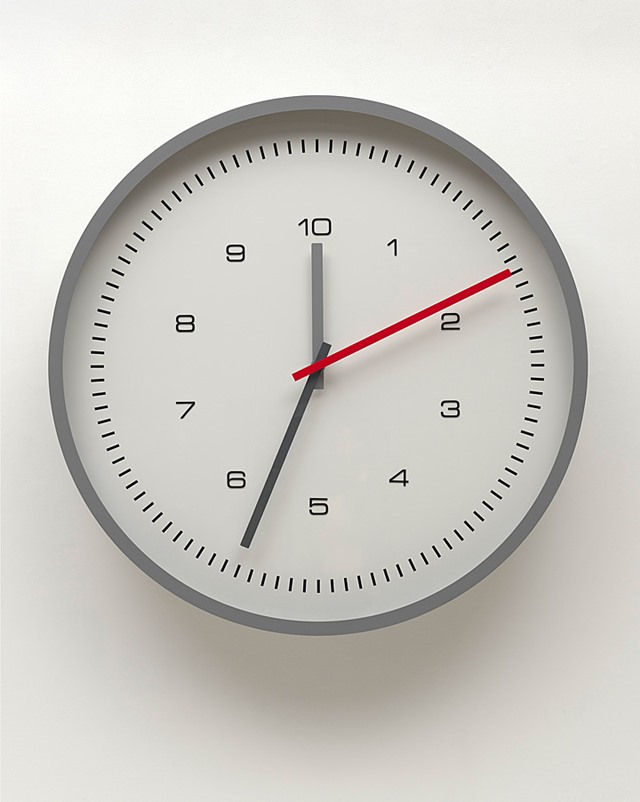
Julieta Aranda, Two shakes, a tick and a jiffy (2009).
Photo: Courtesy Guggenheim Museum, New York.
Julieta Aranda’s Two shakes, a tick and a jiffy (2009) introduces the notion of decimal time, an innovation dating from the time of the French Revolution—one that obviously never quite caught on.